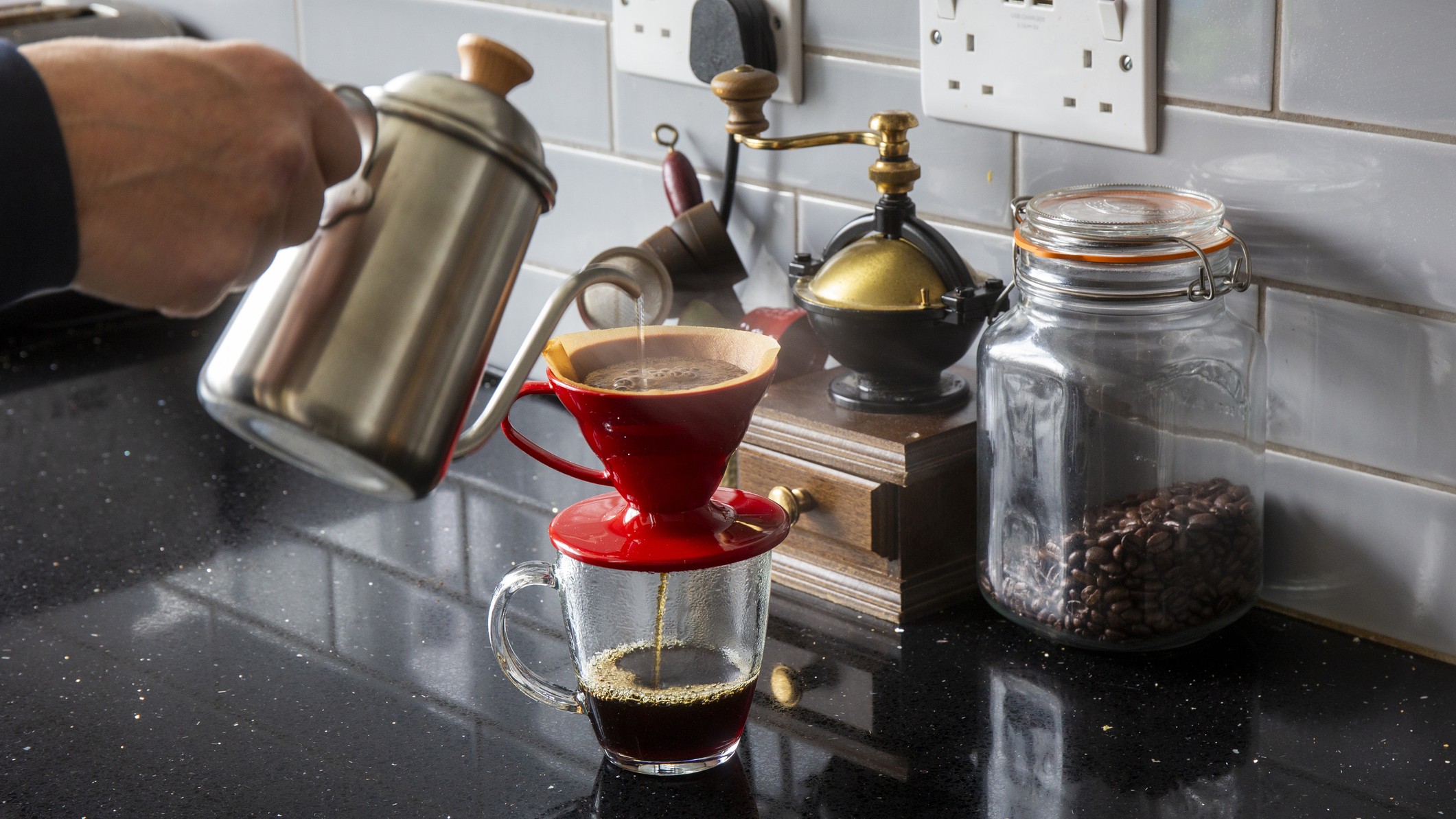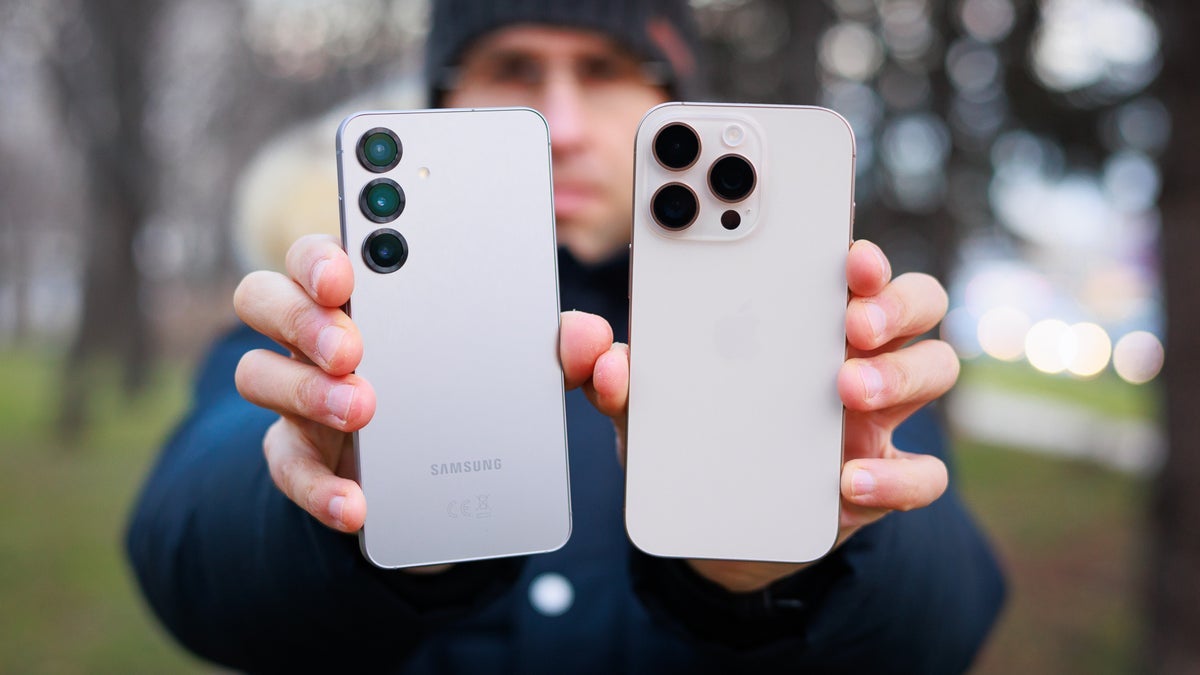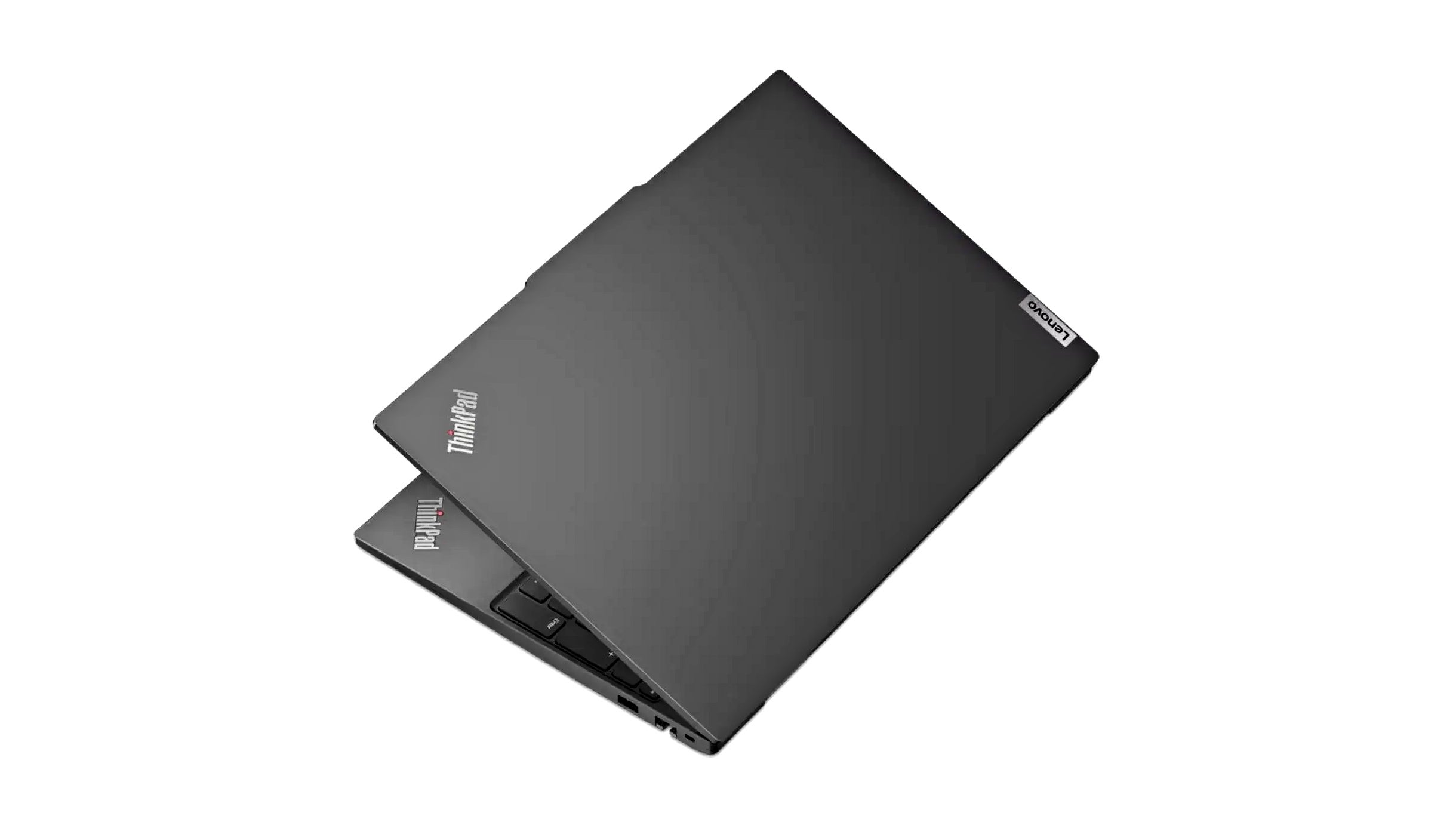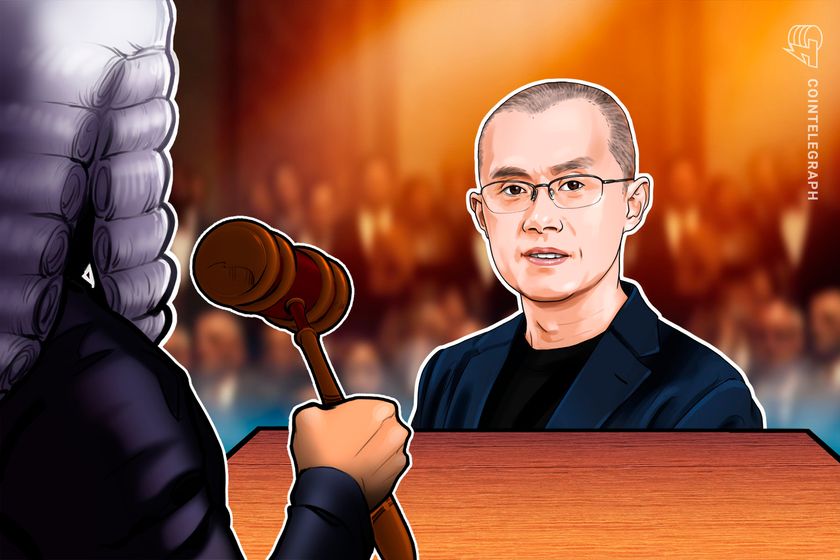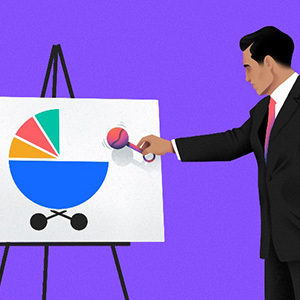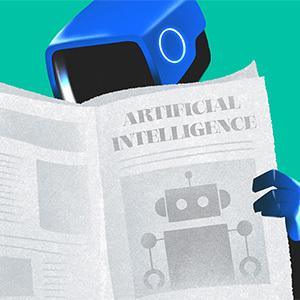AI Startups, Take Note: How To Patent Your Tech In The Age Of Alice
For tech startup entrepreneurs or founders interested in protecting their AI innovations, writes Guest author Hector Agdeppa of Dickinson Wright PLLC, understanding the USPTO's July 2024 Subject Matter Eligibility Examples can be helpful in obtaining important patent protections.

“Anything under the sun.”
That was the standard set in 1980 when the U.S. Supreme Court ruled in Diamond v. Chakrabarty that Congress’ intent was for “anything under the sun that is made by man to be patentable.”
Except for Alice …

In 2014, though, that standard was set aside for a new framework used to determine patent eligibility: Alice.
In Alice Corp. v. CLS Bank International, the Supreme Court decided that the patent eligibility of business method technologies should be determined based on whether patent claims protecting those business method technologies were merely “abstract ideas.”
If so, those patent claims would not meet the threshold for patentable subject matter. This is rather ironic because patent claims are, in effect, an abstraction of one’s invention into its core aspects or elements.
Nevertheless, and despite the Alice decision pertaining to business methods, it was widely understood to also apply to software. Patent practitioners bemoaned this decision because while the courts and the U.S. Patent and Trademark Office would invalidate or deny patent claims they deemed to be abstract, there was no definition or bright line rule that explained what it meant to be an abstract idea.
Patent eligibility guidance
In light of such uncertainty, from 2014 to 2016, and again in 2019, the USPTO released guidance on patent eligibility.
This guidance included examples of patent claims that were previously held to be patentable and unpatentable, as well as explanations regarding why they were patent eligible or not. Patent practitioners were then left to argue for or against the patentability of patent claims based on these examples/explanations.
Fast-forward to 2024/2025
While patent practitioners got comfortable with the new status quo and learned how to maneuver around — or leverage — the Alice standard (depending on what side you were on), a new technology du jour arose: AI.
The Alice standard frequently comes into play when attempting to protect AI-based technology because the end functionality of AI is to produce results, make predictions or generate responses in the same manner as the human mind would.
Unfortunately, one of the nebulous characteristics of an abstract idea has been deemed to be the ability of the human mind, using pen and paper, to perform operations that are claimed as being performed by a computer. Hence, the USPTO updated its previous guidance with new examples directed to AI.
The examples
Arguably, some of the most disruptive technologies have come about in the field of software and computing, and therefore, also AI.
If you’re a tech startup entrepreneur or founder interested in protecting your innovations (an applicant), understanding these examples can be helpful in obtaining that desired patent protection.
In 2025, we’ve found that Examples 47 and 48 provide effective approaches to arguing that an innovation in the AI space is a patentable one.
- Example 47 – Anomaly Detection: Claim 1 is an effective example for Applicants to cite when arguing the patent eligibility of software-based AI inventions that have described specific hardware components in the claim, because such components do not amount to the recitation of any abstract ideas, ending the analysis. Thus, try to direct at least some claims of your patent application to system architecture, and implementation details. Likewise, Claim 3 can be useful when arguing that one’s innovation improves the functionality of a computer or improves a technological field, i.e., make sure you describe how your technology actually provides an advantage over what was done before, and that the improvement is stated in the claim language. In contrast, Claim 2’s reliance on only software processing features, and a “general” computer without describing the improvement or how the software achieves its processing features dooms the claim to ineligibility-land. In other words, focus on the how, not just the end result or end functionality of your technology.
- Example 48 – Speech Separation: Focus on Claim 2, which was deemed patent eligible, because the creation of a new speech signal that no longer contains extraneous signals from unwanted sources is a practical application of what would otherwise be an abstract idea. AI is often used to make some downstream application or process faster, better, more powerful – make sure you describe at least some aspect of the improvement to that downstream application or process in your claim.
Hector Agdeppa is a partner at Dickinson Wright PLLC in San Diego, and a former U.S. Patent and Trademark Office examiner and software engineer. Agdeppa focuses on the preparation and prosecution of patent applications, and with extensive experience in electrical, mechanical and software arts ranging from wireless communications to AI to medical device technologies, he leverages his industry knowledge to guide clients that include startups and major corporations through strategic patent portfolio management. He brings a holistic approach to the protection of IP, being also well-versed in due diligence, tech transfer, opinion work, post-grant proceedings and IP litigation.
Illustration: Dom Guzman











































































































































































![[The AI Show Episode 143]: ChatGPT Revenue Surge, New AGI Timelines, Amazon’s AI Agent, Claude for Education, Model Context Protocol & LLMs Pass the Turing Test](https://www.marketingaiinstitute.com/hubfs/ep%20143%20cover.png)














































































































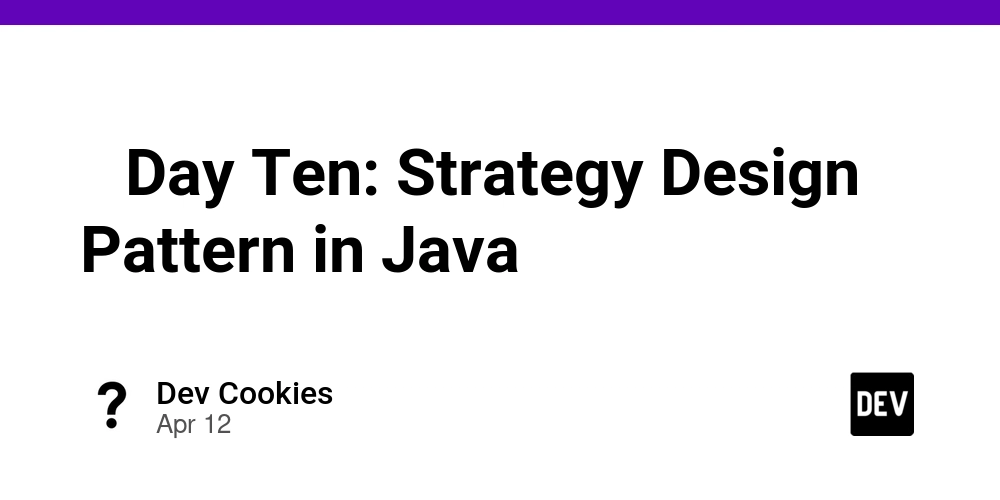
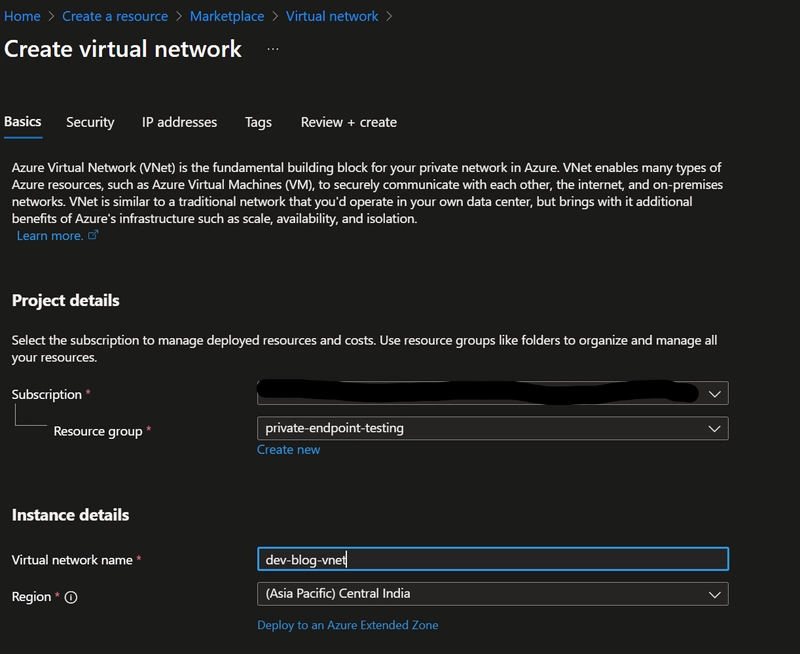












![From Accountant to Data Engineer with Alyson La [Podcast #168]](https://cdn.hashnode.com/res/hashnode/image/upload/v1744420903260/fae4b593-d653-41eb-b70b-031591aa2f35.png?#)



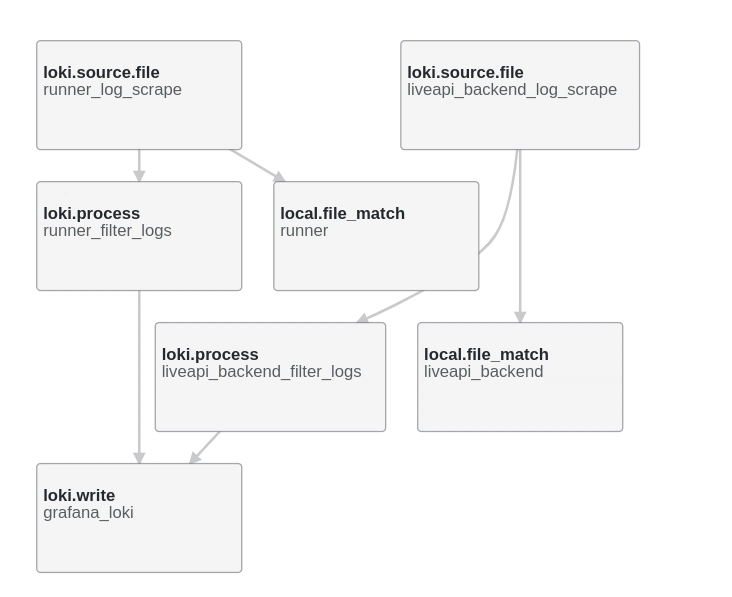


























































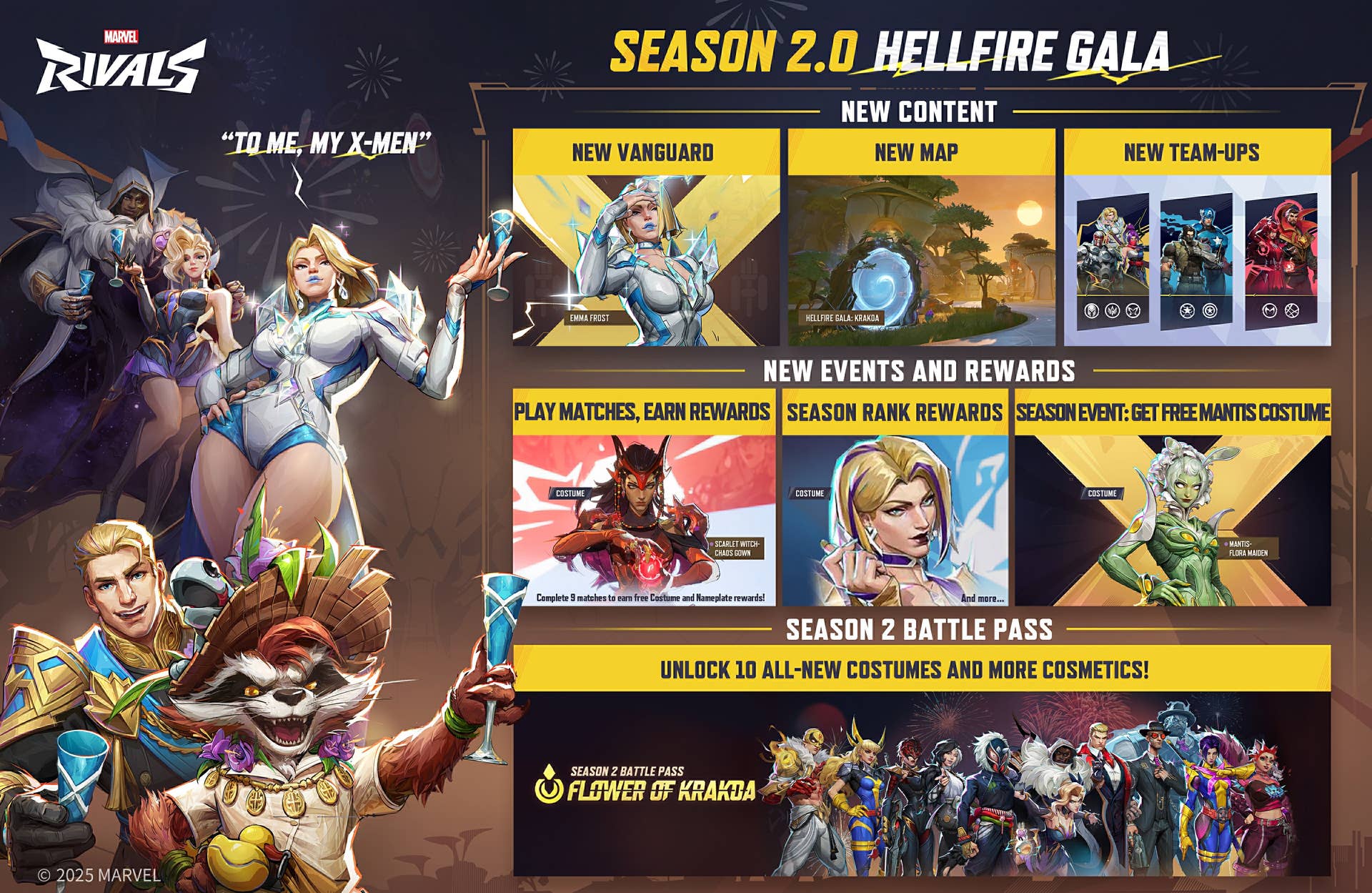


























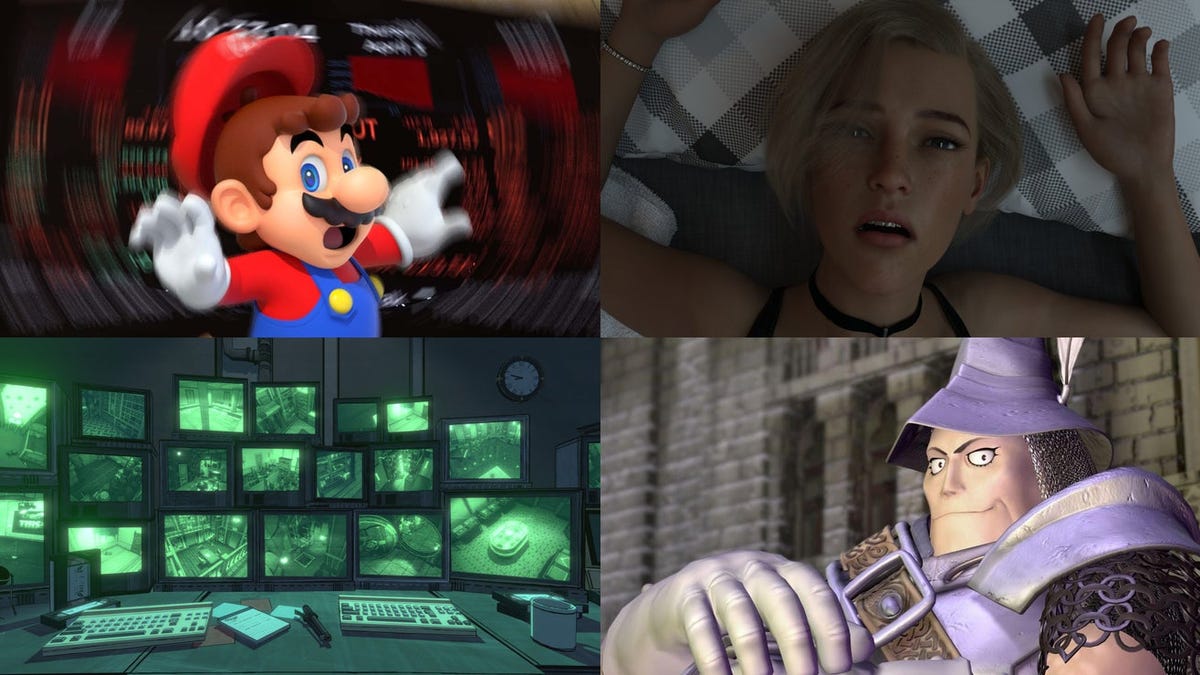











.png?#)













































































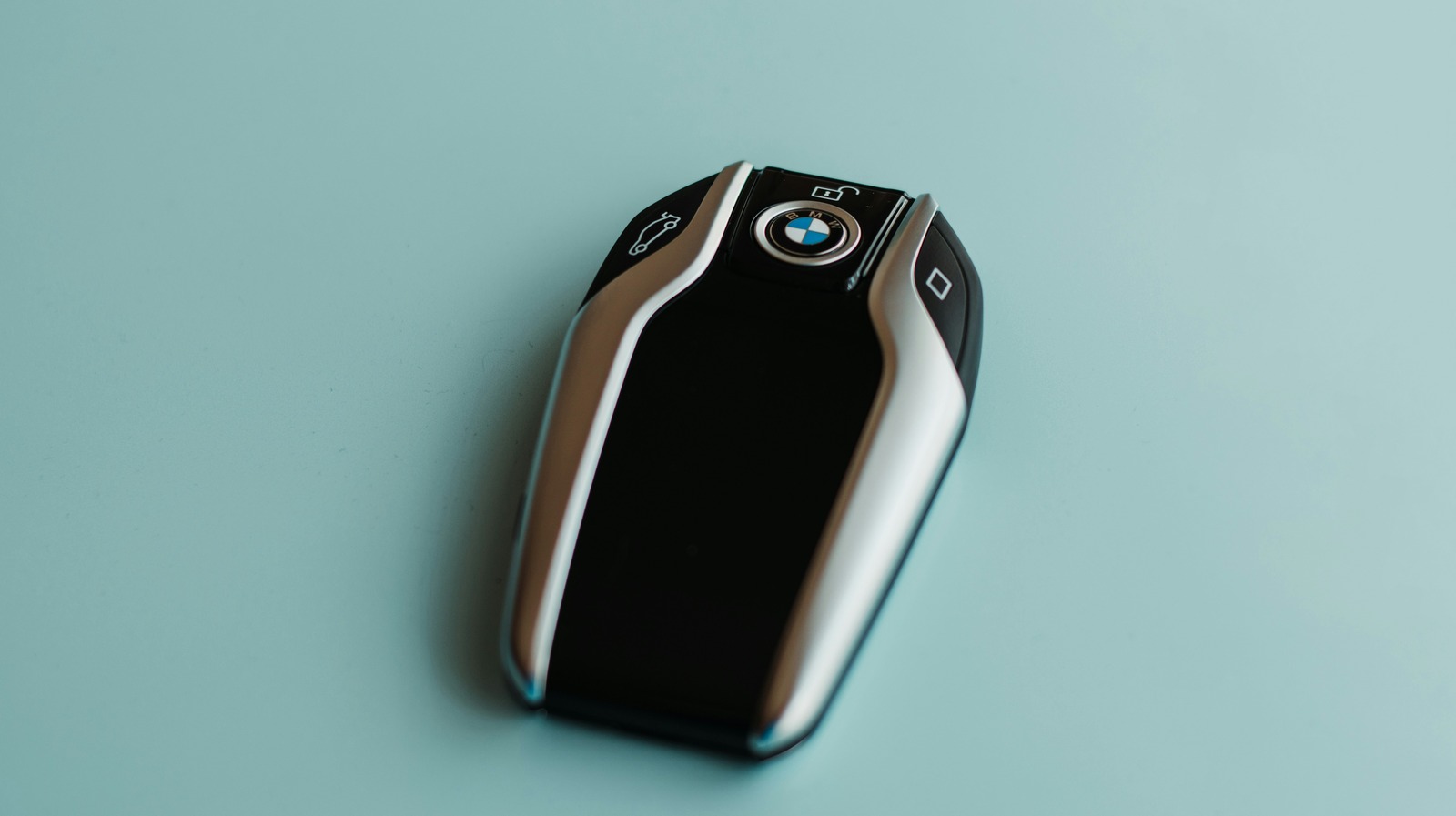














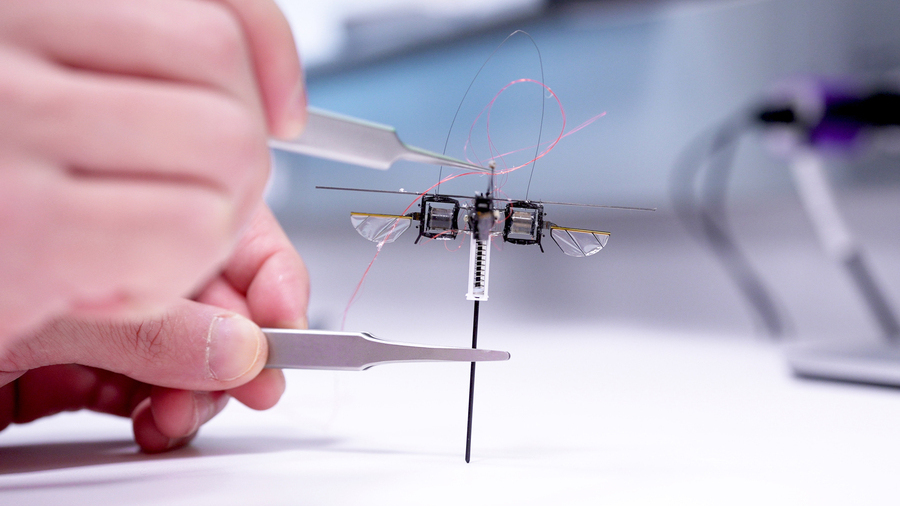




















































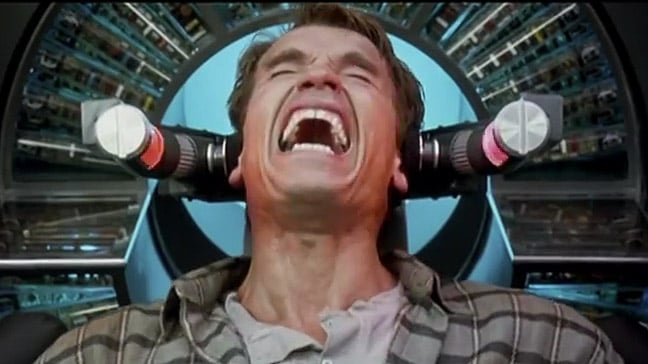

![Apple Posts Full First Episode of 'Your Friends & Neighbors' on YouTube [Video]](https://www.iclarified.com/images/news/96990/96990/96990-640.jpg)

![Apple May Implement Global iPhone Price Increases to Mitigate Tariff Impacts [Report]](https://www.iclarified.com/images/news/96987/96987/96987-640.jpg)
















